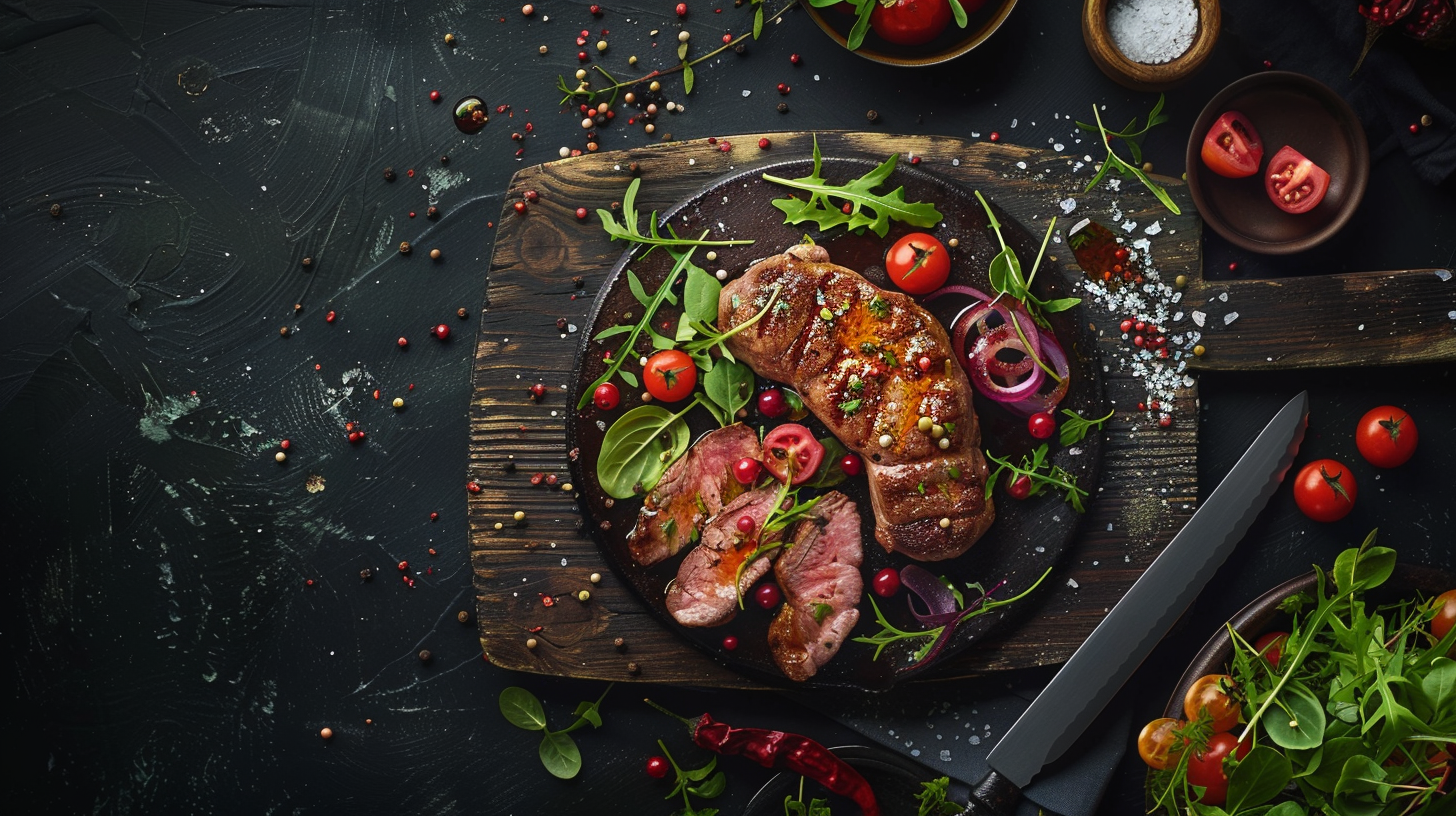Must-Have Gear for Food Photography Kits
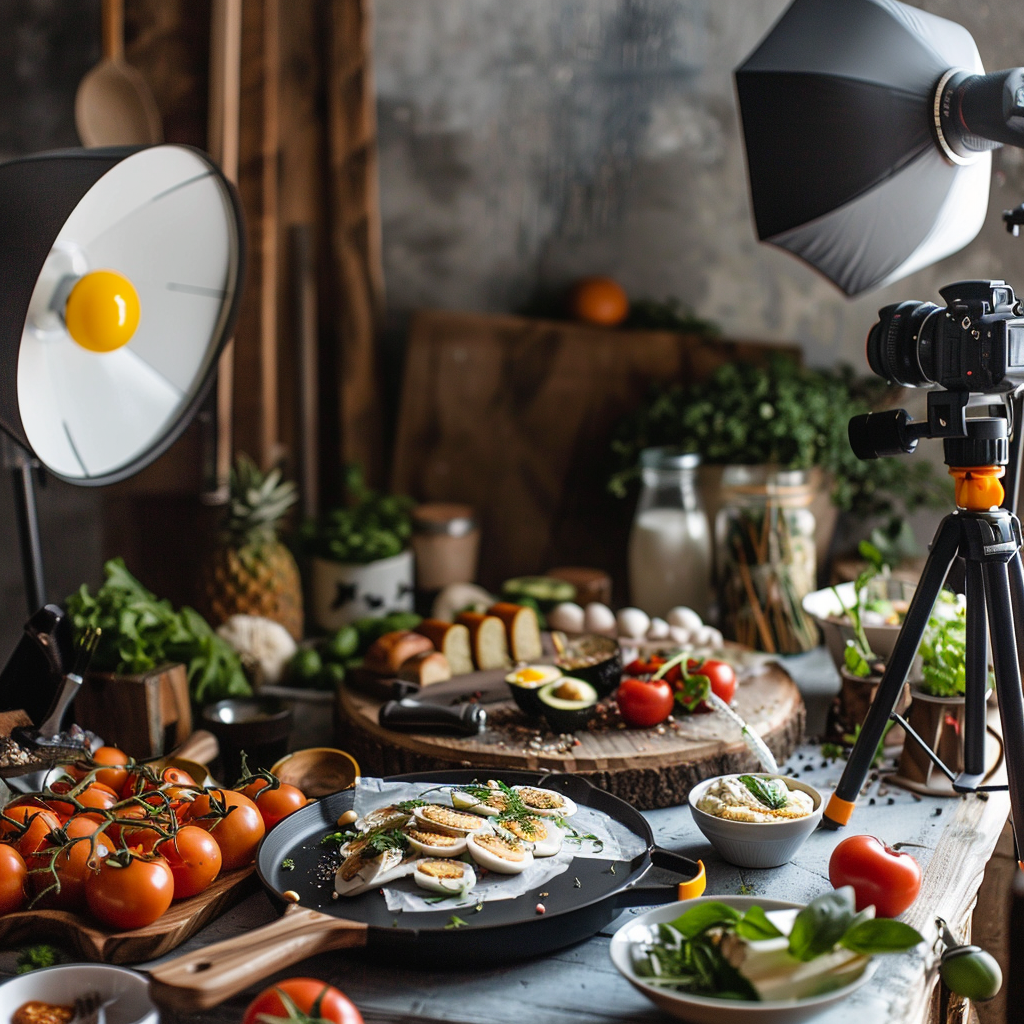
If you want to snap mouth-watering photos, you’ll need some crucial equipment:
- Camera: A top-notch camera that lets you adjust settings manually is vital for capturing food’s intricate details.
- Lenses: Macro lenses are great for close-ups to highlight textures and nuances, while prime lenses ensure crisp images with a lovely blurred background effect.
- Tripod: A tripod keeps your camera steady, giving you consistent framing and clarity in your pictures.
- Reflectors and Diffusers: These gadgets are key for controlling lighting; they can brighten up the scene or tone down harsh shadows as needed.
- Props: Choosing the right plates and backdrop adds to the visual storytelling of your culinary creation.
Contents
- Must-Have Gear for Food Photography Kits
- Light’s Impact on Food Photography
- Why Colors and Textures Matter in Food Photo Shoots
- Post-Processing Food Photographs
- Editing Software for Food Photography Packages
- Food Photography Retouching Tricks
- Selecting Photos for a Food Photography Offer
- Selling Your Food Photography Services
- Creating Food Photography Packages
Light’s Impact on Food Photography
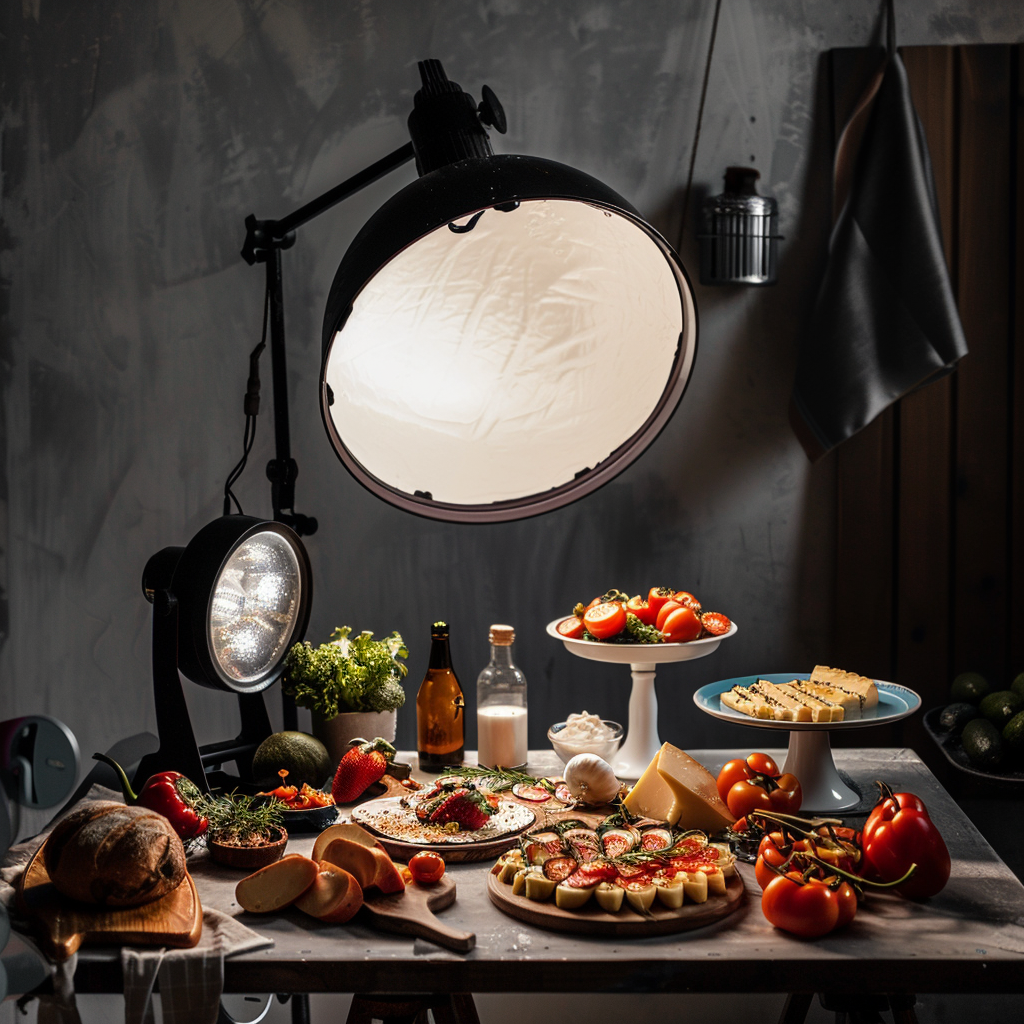
Light is crucial in food photography. The right kind of light, often natural, creates a soft and welcoming atmosphere that makes food look real and tempting. On the other hand, artificial lights let photographers manage their settings better, which is important for keeping the same look in indoor or night shoots. It’s essential to balance the light and dark areas in a photo to show off the food at its best.
Food styling is about making food look as tasty as possible using different tricks. This involves thinking about how things like layout, color, and harmony can make a meal look good. Food stylists pick out the best ingredients and might use tools like tweezers and brushes to arrange everything just right. Sometimes, they use tricks you wouldn’t expect, such as putting glycerin on food to make it shiny or using a torch for the perfect grill marks.
Making Food Look Better
There are several ways to enhance the look of food:
- Layering: Placing ingredients on top of each other highlights textures and adds depth.
- Colors that pop: Bright colors draw the eye, especially when they contrast well.
- Garnishes: Extras like herbs or a bit of sauce not only taste good but also make dishes more attractive.
These techniques turn a plain dish into something special that people want to take photos of and share with others.
Picking Props for Food Photos
Choosing the right props is key in food photography. Props help set the mood, bring out emotions, and give context to the food.
When looking for props, remember:
- Relevancy: Make sure props fit the food’s style and theme.
- Colors that work together: Choose props with colors that go well with the food and don’t distract.
- Keeping it simple: Too many props can take focus away from the food.
Using items like cutlery, plates, napkins, and backdrops well can improve your photo and tell a story about the dish. These items should work together to focus on the food as the main attraction.
A well-set plate alone doesn’t make great food photos – the overall design is what really makes a picture stand out. By smartly placing things in the shot and paying attention to how different food elements interact, photographers guide where we look and create an engaging scene. Key rules like the rule of thirds help decide where things go in a photo, creating a balanced look. Also, using empty space wisely is important as it lets the main subject shine and can show simplicity and class.
Choosing Angles to Get Good Food Photos
The angle of a photo changes how a dish looks and feels. Different angles can highlight various qualities of the food. Top-down shots are great for showing off the spread on dishes like pizzas or salads where how it’s arranged matters a lot. Shooting from eye level is good for seeing the layers in tall foods like burgers or cakes. And often, a 45-degree angle is just right for other meals since it shows both the top and side of the food.
Why Colors and Textures Matter in Food Photo Shoots
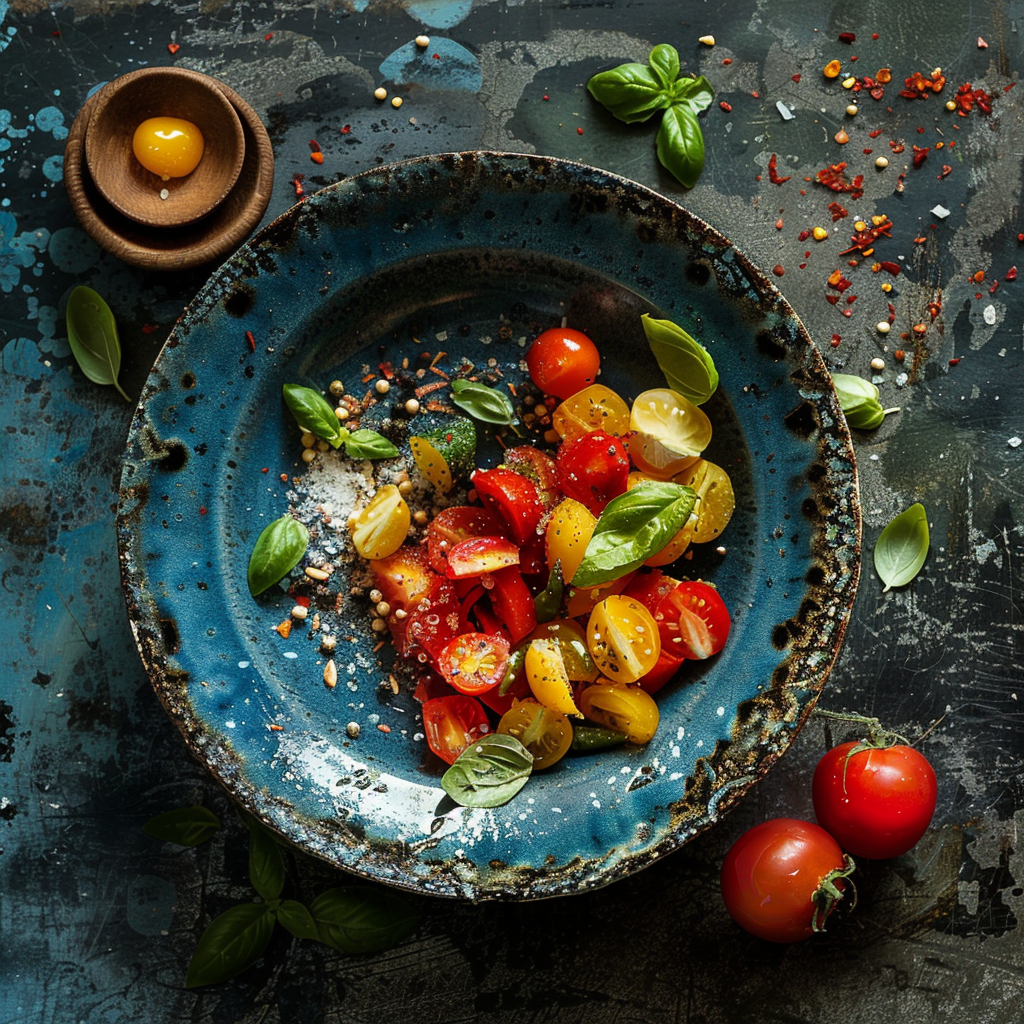
The look of a dish in food photography isn’t just about its shape or how it’s placed. Colors and textures really bring a photo to life, giving it depth and making you want to dive right in. When colors go well together, the result is a picture that feels just right. On the other hand, using contrasting colors can make an image pop. As for texture, it lets people imagine how the food might taste, maybe crunchy or silky. Good lighting is key – it helps show off all the delicious details exactly as they should be.
Step into the inviting world of food snaps, and you’ll see all sorts of package deals. These bundles are full of different services to make sure food looks mouth-watering. Pros in this industry mix shooting time, know-how, and editing chops to take plain shots and turn them up to an eleven, creating images that look good enough to eat.
Post-Processing Food Photographs
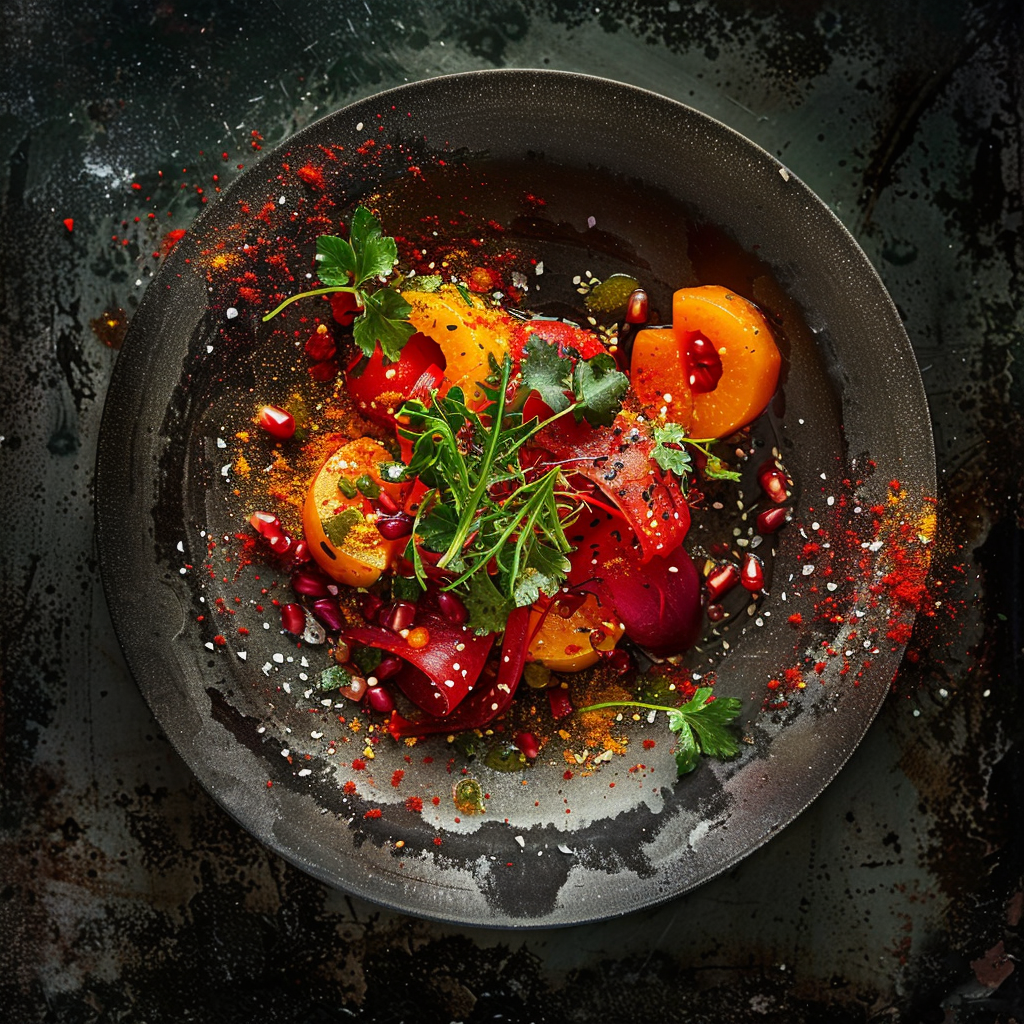
Once you’ve taken a picture of a dish, it’s time to polish it in what’s called post-processing. This stage is really important in food photography because it makes all the little details pop. Experienced photographers use different tools to tweak colors, contrast, and how sharp the picture is. They make sure everything from the texture to the shades looks just as yummy on screen as it does on your plate. They’re not only trying to make the picture look good—they want you to almost smell and taste the food when you see the photo.
Editing Software for Food Photography Packages
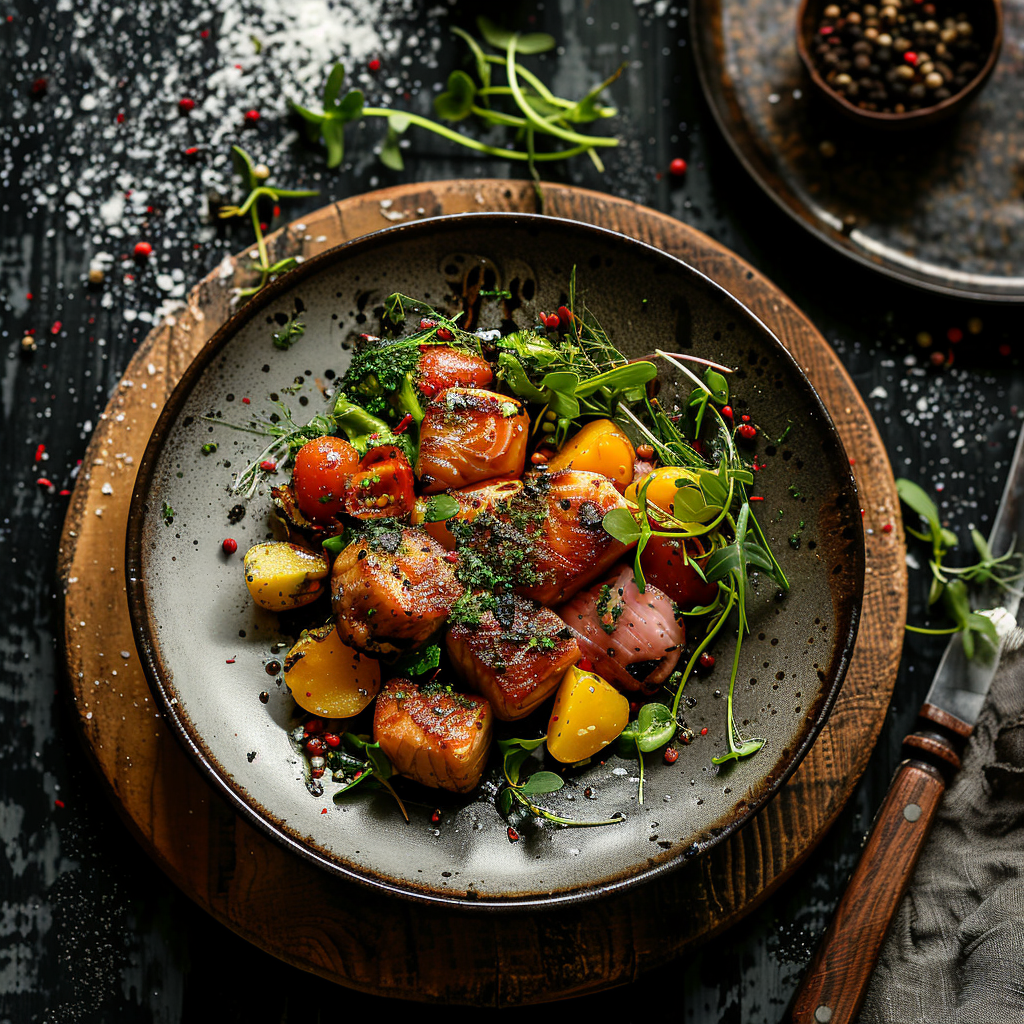
Editing software is like a digital kitchen, turning raw photos into eye-catching images. Programs such as Adobe Lightroom and Photoshop are must-haves for food photographers. They’re loaded with tools that manage every part of a picture, from light to color. That’s why they’re essential for high-quality photography.
Food Photography Retouching Tricks
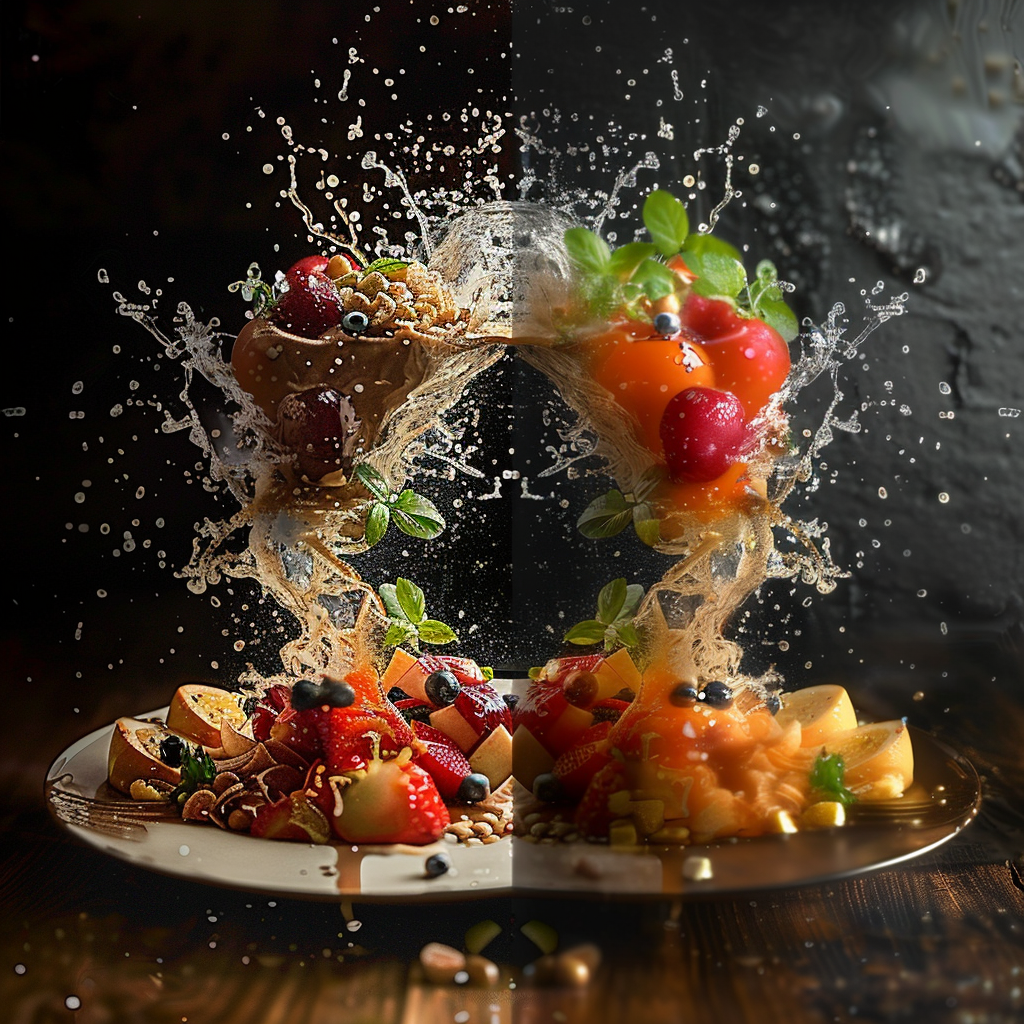
Food photography comes with its set of editing tricks to make dishes look mouthwatering. Typically, photographers will:
- Get Rid of Marks: They remove any marks or spots from the ingredients so the food looks perfect.
- Adjust Colors: They change the colors to either match what’s real or to make the food look more appealing.
- Make Textures Stand Out: By highlighting certain parts, like a crispy crust or creamy sauce, they appeal to our senses.
- Focus on What Matters: They blur the background and focus on the best part of the dish to draw us in.
When using these methods, it’s important to keep it real and not go overboard. The aim is to have food that looks good on camera but still seems genuine and welcoming.
If you want to catch the eye of restaurant owners, publishers, or food companies, start by building a top-notch portfolio. It should have variety and high quality. Add all sorts of dishes, settings from cozy restaurants to outdoor picnics, and varieties from close-up shots to wide angles that give a sense of the mealtime atmosphere. Make sure every picture is spot-on with great lighting and layout. If you’re a newbie, try shooting free for local food joints or bakeries – it’s a way to kickstart your portfolio with some content.
Selecting Photos for a Food Photography Offer
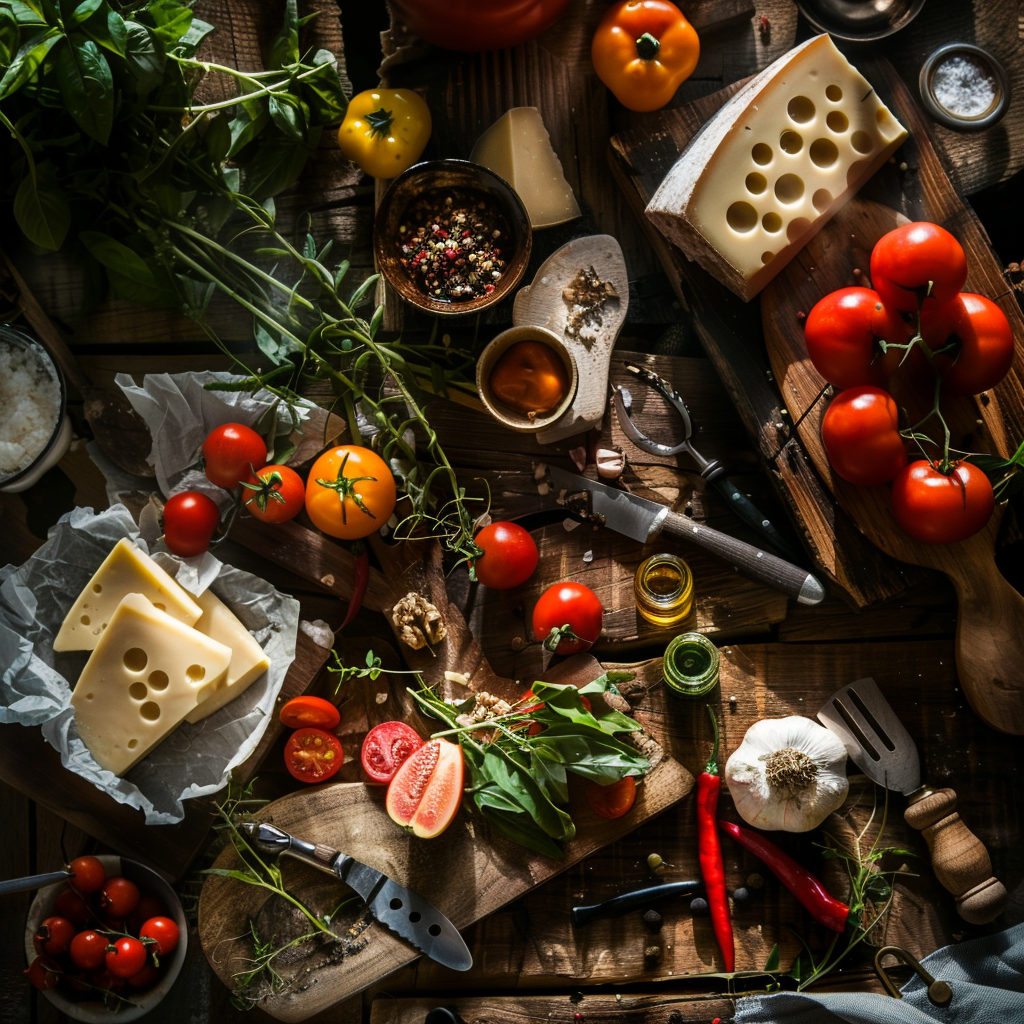
Picking the right photos for a client’s package takes careful thinking. It’s not only about presenting your finest photos; you need to grasp what the client is all about. Choose photos that match their style, menu, and audience. For example, if they’re all about local farm food, go for pictures with soft natural light and warm, earthy colors. But if it’s a fancy place, you should show classy, refined images. You gotta offer a variety so you can show off different sides of food photography – like shots of raw ingredients, the cooking process, and the beautifully served meal.
Selling Your Food Photography Services
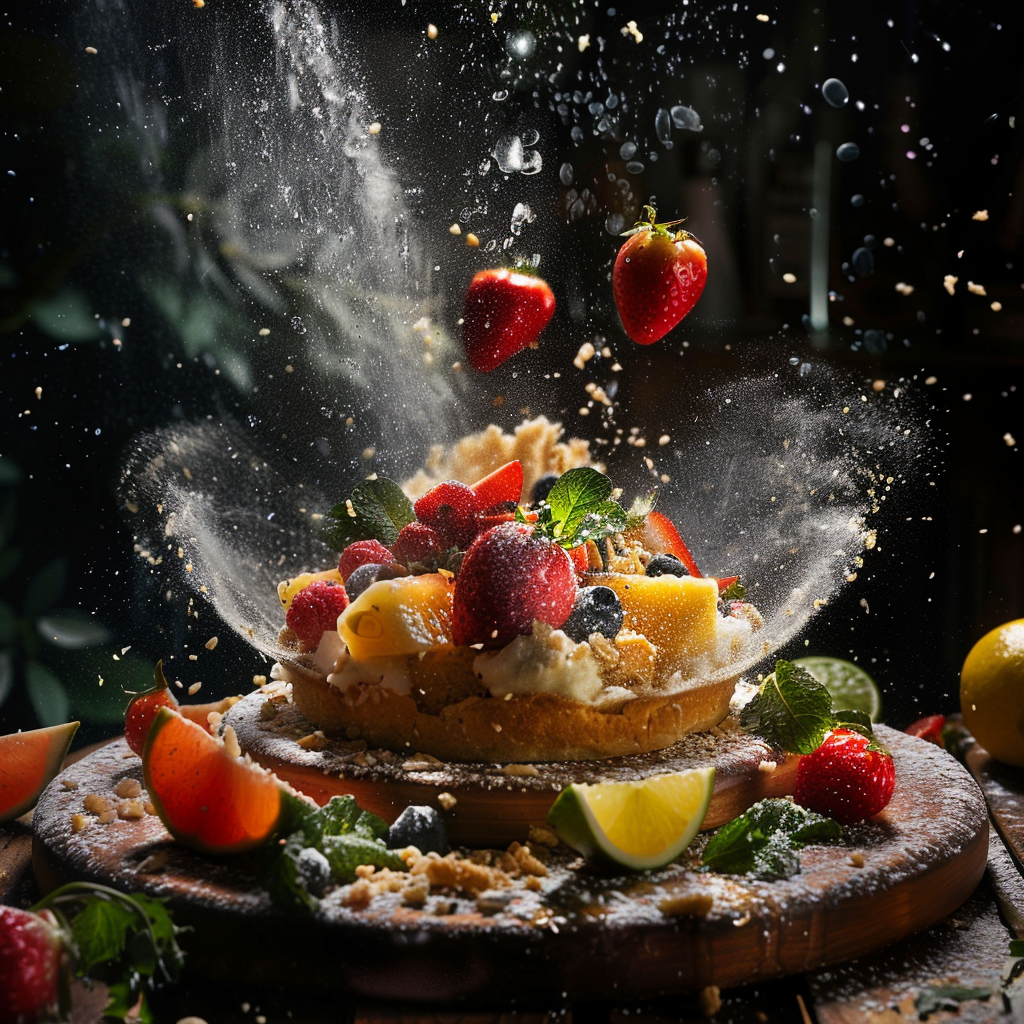
When you want to sell your food photography, start by figuring out who you’re selling to—could be chefs, cookbook makers, or food bloggers. Knowing your audience helps you direct your sales pitch the right way. Being active online, especially on Instagram where photos matter most, is a smart move. You should also put together a website that shows off your work and lays out your service details and prices. Mixing with people at food industry gatherings or working with others in the field can open doors for you. Make sure they see how your pictures can make their stuff look better and don’t hesitate to check back with potential customers after you’ve reached out the first time.
Creating Food Photography Packages
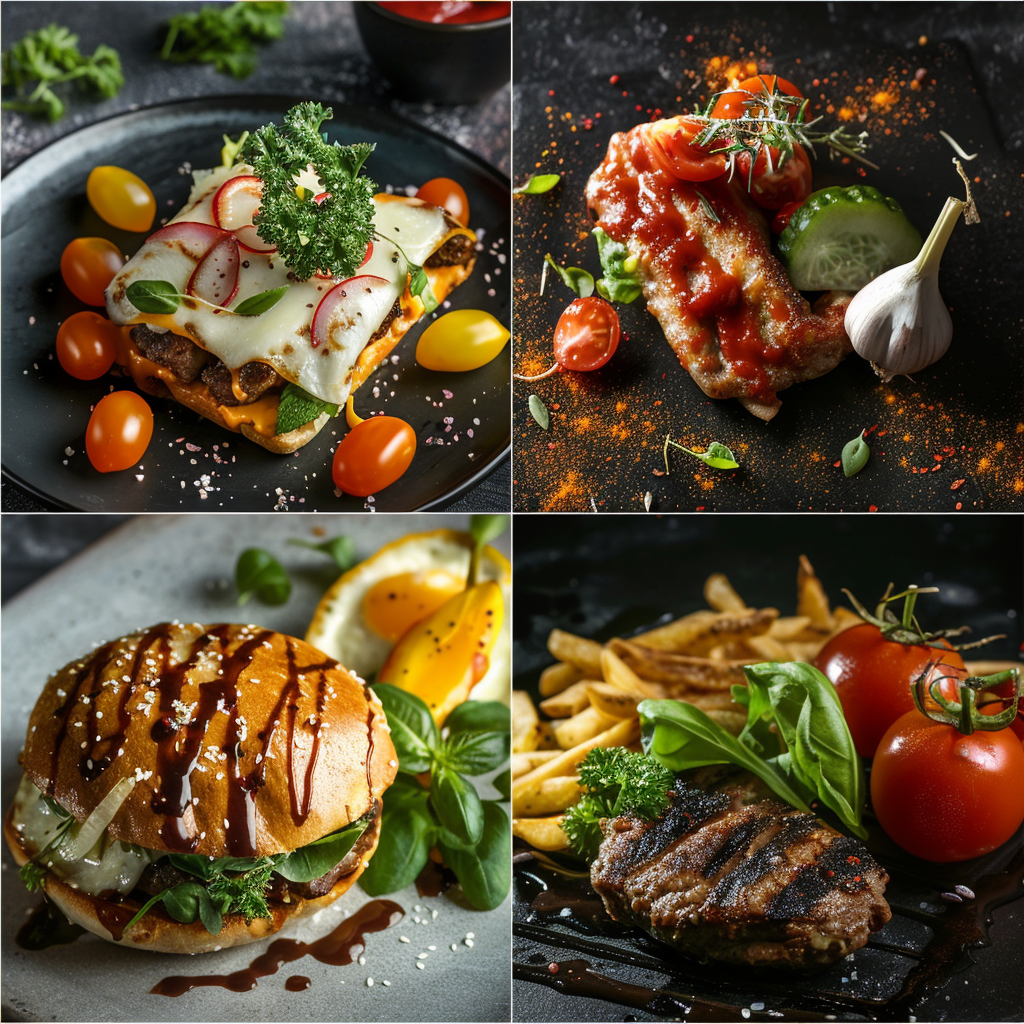
To make it easy for your clients, start by putting together a simple food photography package. Then, add more packages that include extras like different shot numbers, extra time on set, and other services such as food styling or special gear. This gives your clients options to pick what’s best for them.
Setting Prices for Your Packages
Your package prices should cover the whole shoot, from prep work to editing and travel costs. Think about offering different levels, like a small one for startups and a bigger one with all the bells and whistles for big companies. You can also let clients mix and match services to fit their budgets and what they need.
Showcasing the Value of Your Packages
Make sure clients see how valuable your packages are. They might not realize all the hard work that goes into creating amazing food photos. So, tell them what they’ll get with each package and how it benefits them, like high-quality pictures or professional lighting. Throw in some good reviews and samples of your work to really show off what you can do.
To really nail food photography, pay attention to the little things that make the food look even better. Using natural light can make a huge difference in how vivid and true-to-life your photos are. Get your composition right too—how you arrange the food can make your shots way better. For sharp details across the whole dish, manual focus often beats auto-focus.
Don’t forget about the story behind the food. Pick props and backgrounds that add layers of meaning to your images. Plus, trying out different lenses can change up your shots, like getting close-ups with macro lenses or capturing the vibe of a meal with wider lenses.
Meeting Client Needs with Your Packages
Being able to adapt is super important when dealing with different clients and what they want. Make sure you chat about what they expect and any limits before you start snapping pictures. You might need to travel or change your setup to fit the product or the look they want. Offering packages that range from simple dishes to full-on fancy styling can cater to different budgets and projects.
New Ideas in Food Photography
Food photography always has new trends popping up that grab people’s attention. Right now, everyone loves seeing action shots, like sauces being poured or spices flying through the air. More photographers are also focusing on vegan dishes, in line with people caring more about health and the planet. Finding new angles, like bird’s-eye views or shots right at table height, gives audiences something fresh and exciting. If you’re into these trends, you’ll be able to produce content that feels new and matches what’s popular now.
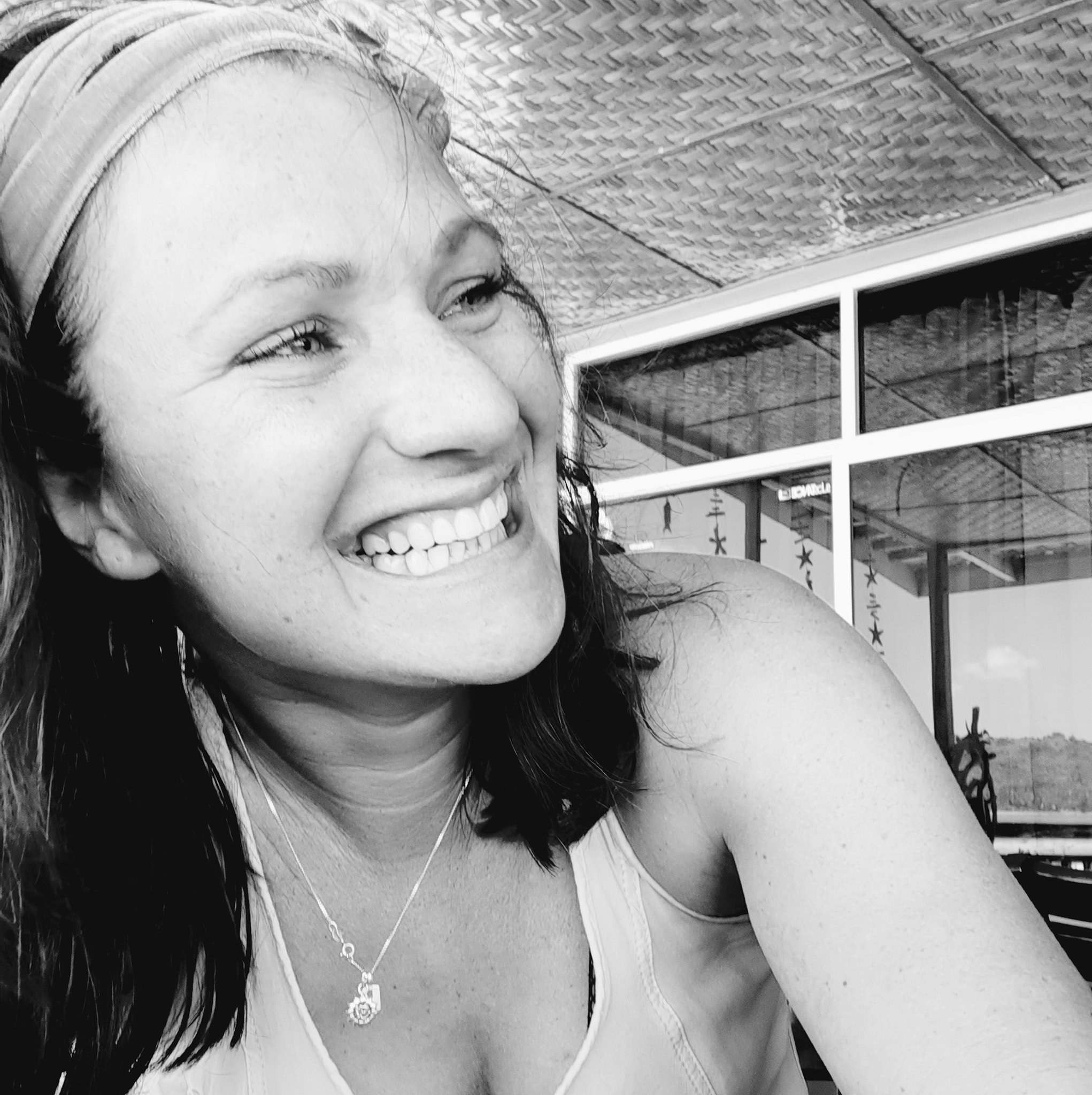
About Author
Rachel Noël is a professional photographer and videographer from the UK with over 10+ years of experience. Rachel specializes in Underwater, Tavel & Portrait photography among other areas.
